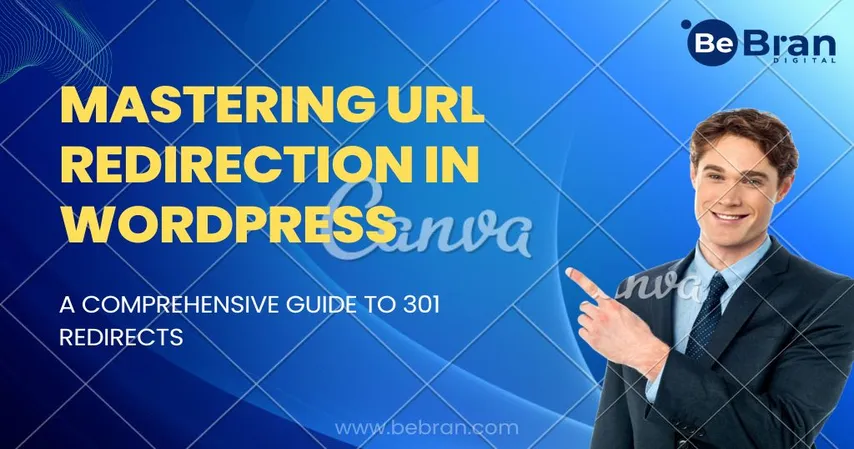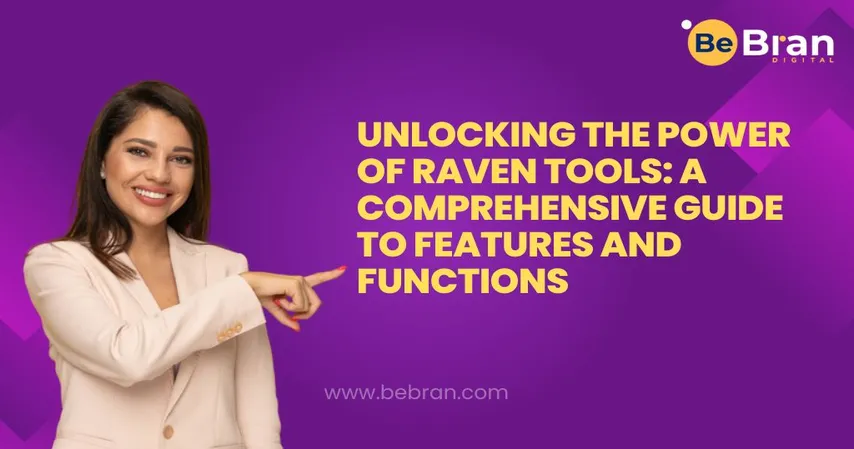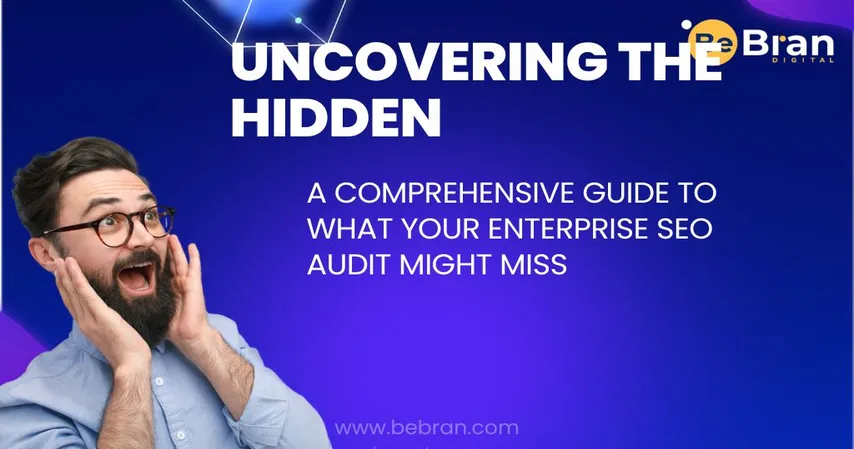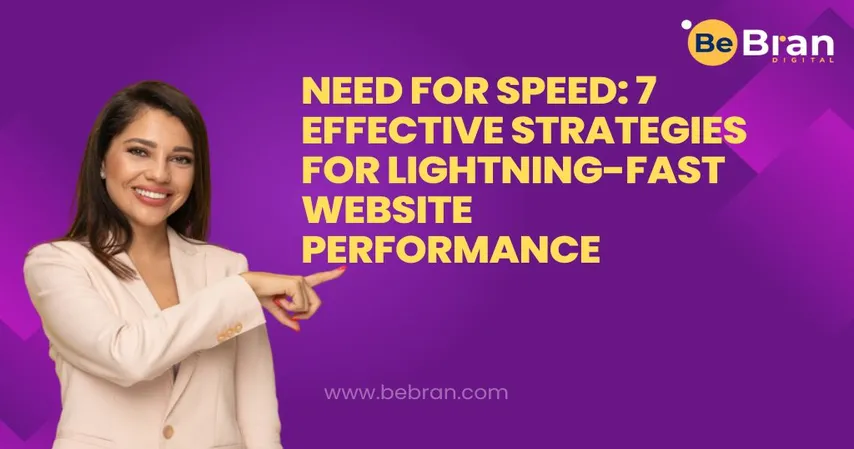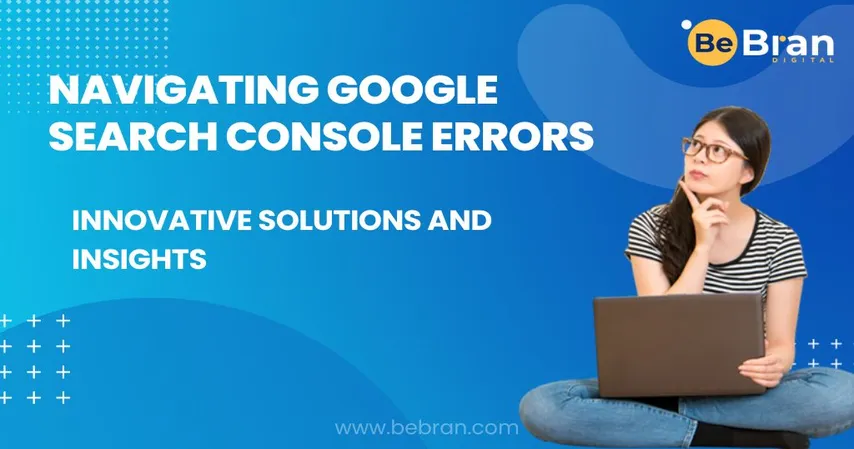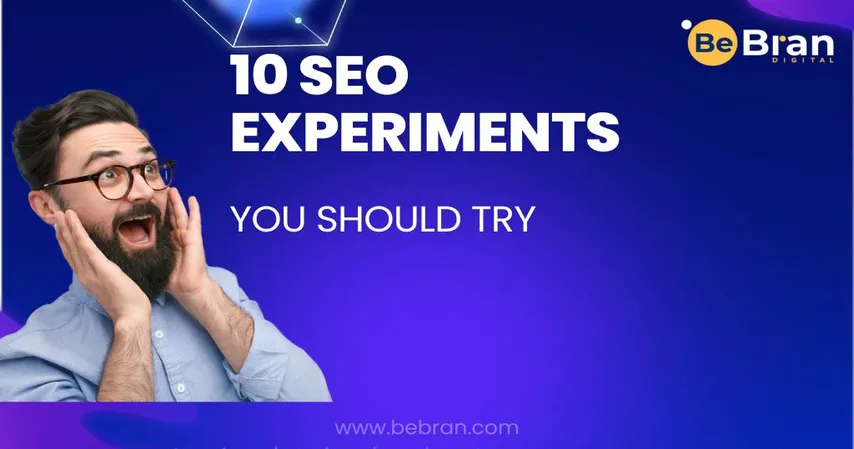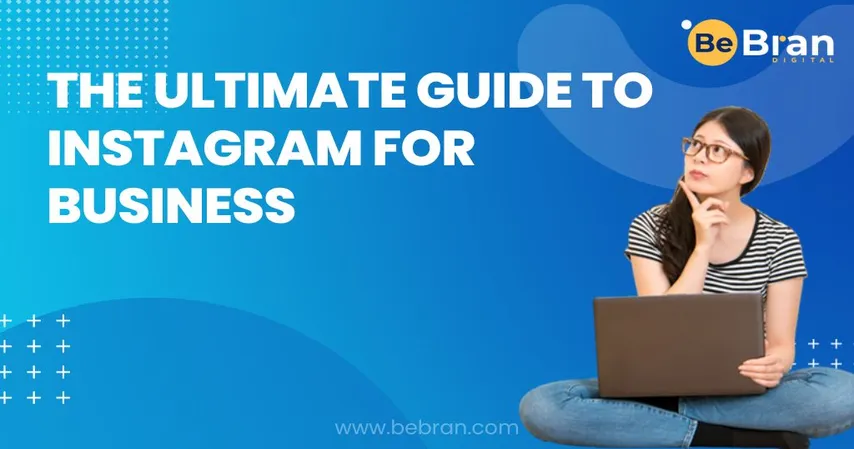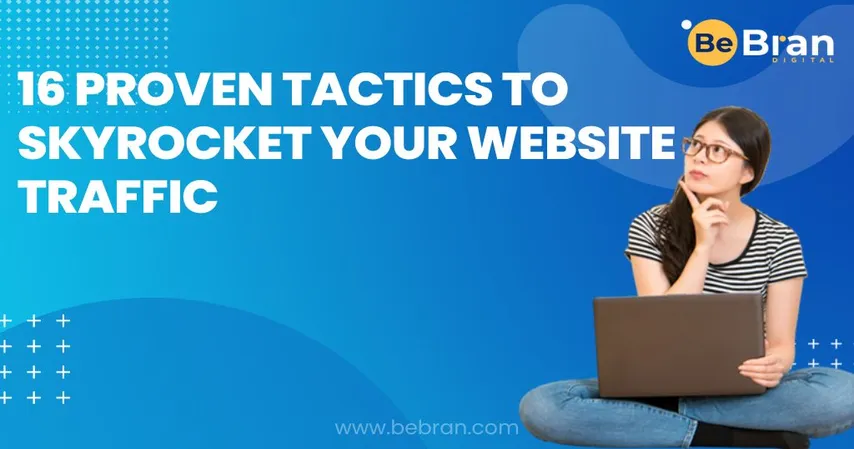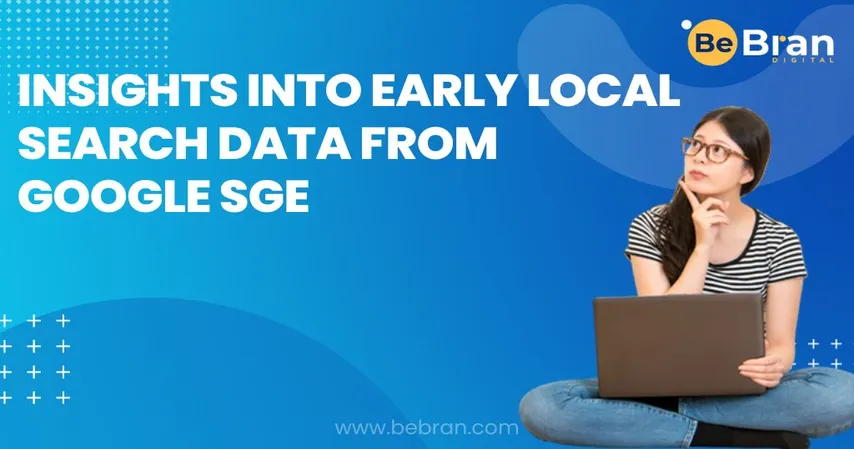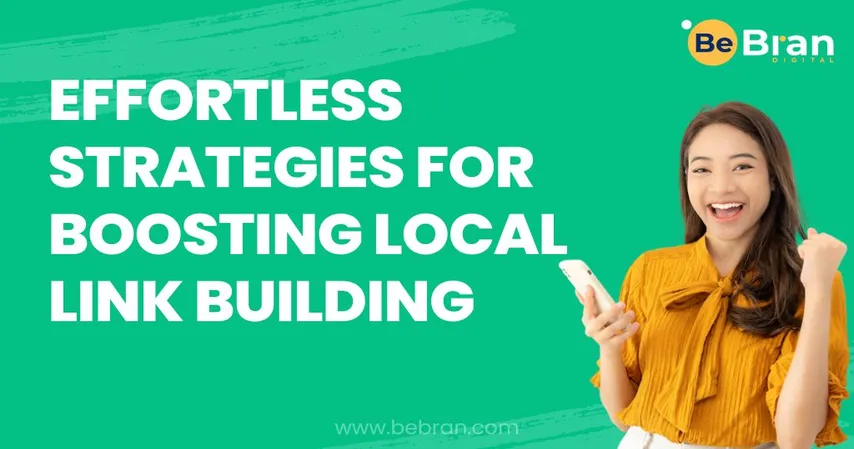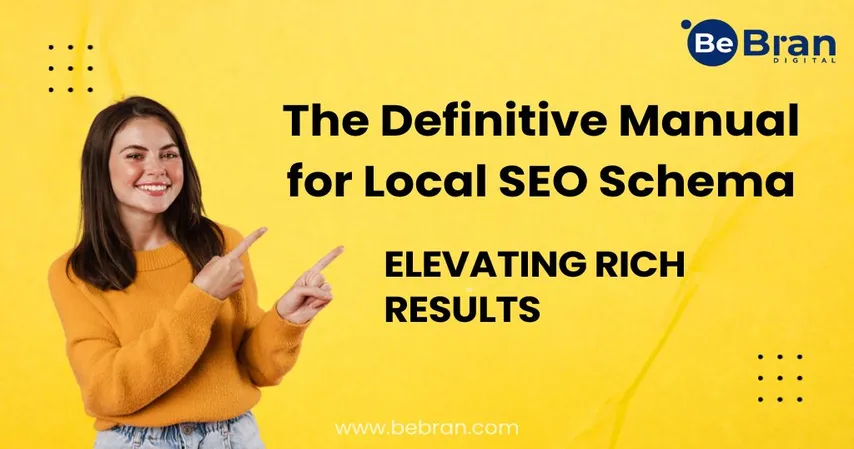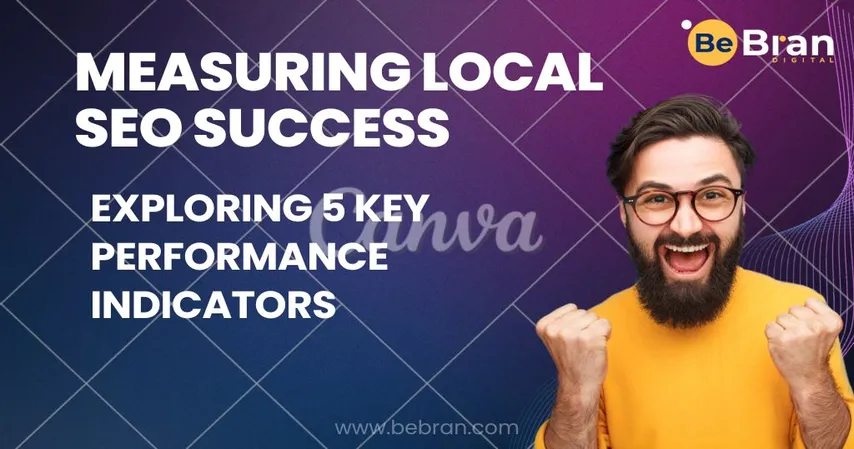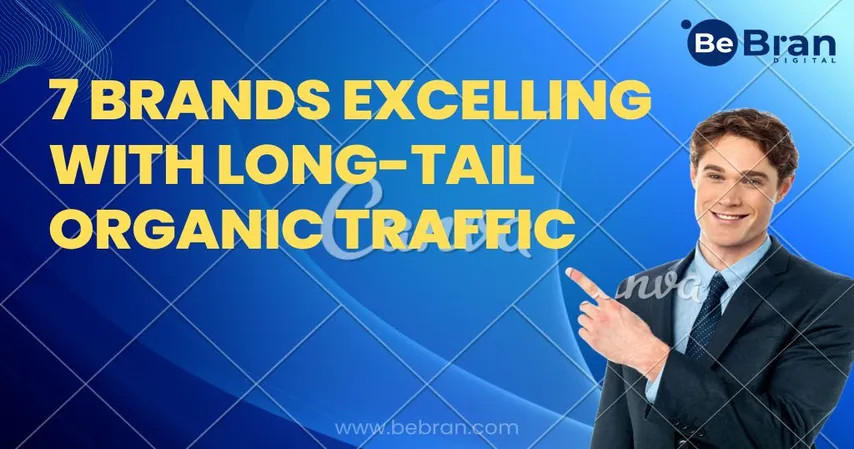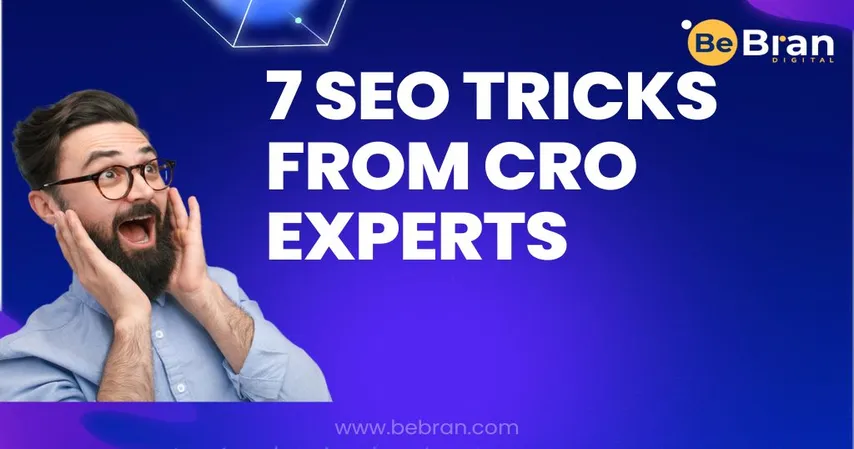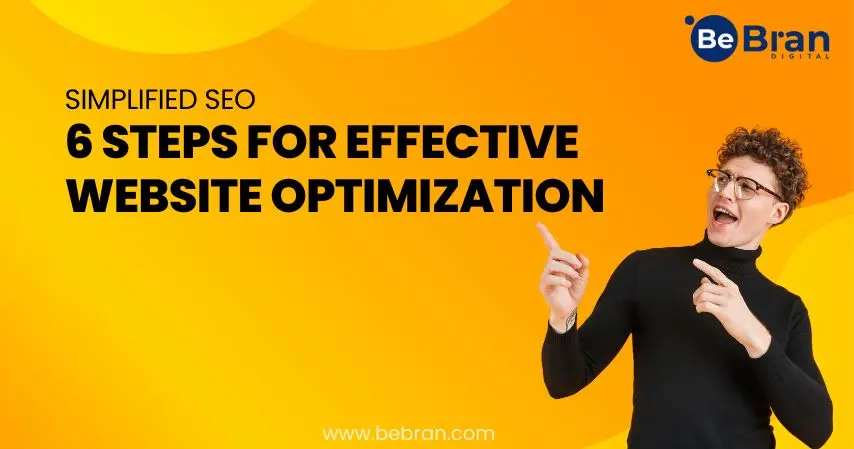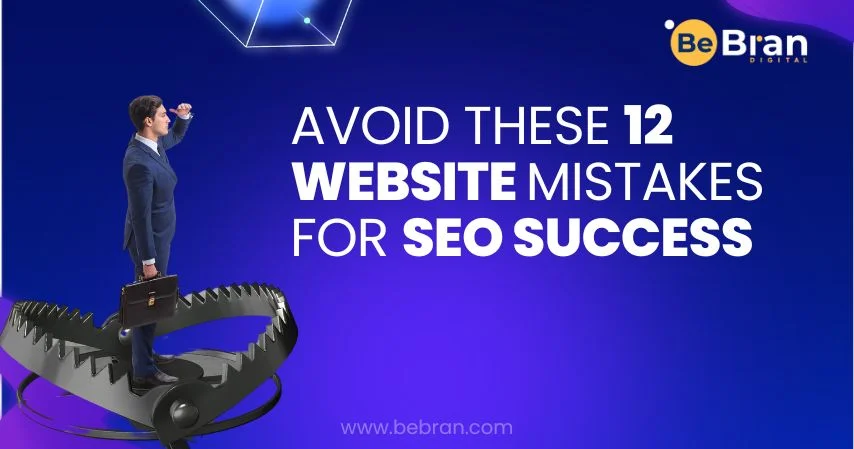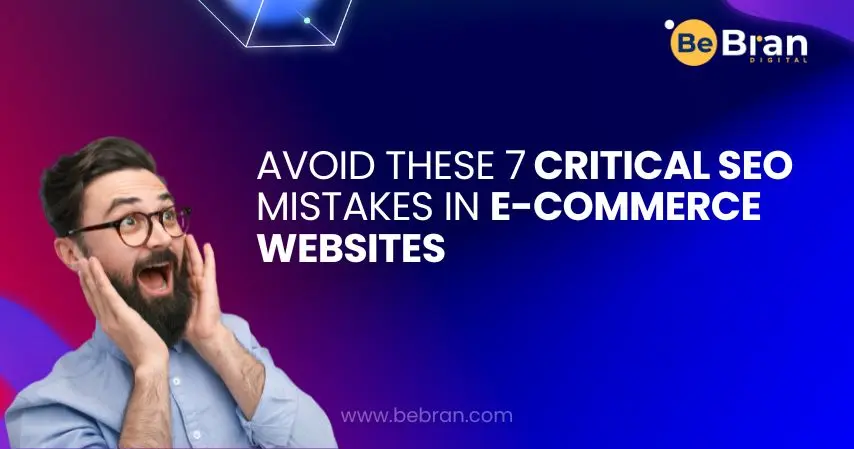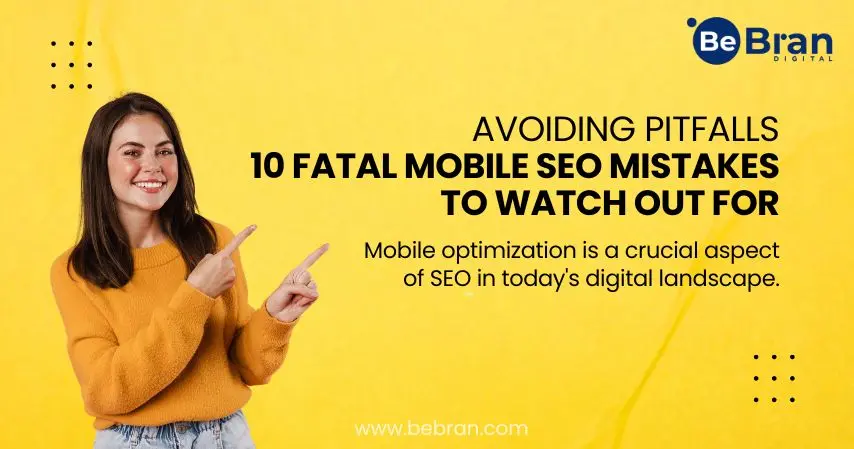It never ceases to amaze me when I come across websites that use their company or website name as the title for every page across their site. This is a detrimental mistake.
Each page should boast a unique title, and this isn't just for SEO purposes. The titles of your pages are often shared in tweets and serve as the text when someone bookmarks your site. Therefore, having descriptive and distinct titles is crucial.
For instance, a web designer's portfolio might feature "web design services" as the main homepage keyword. Consequently, the homepage title could be something like "ABC Web Design Studio – Web Design Services." Meanwhile, other pages in their portfolio could spotlight more specific services catering to popular queries:
- WordPress Customization – ABC Web Design Studio
- Custom Template Design – ABC Web Design Studio
- eCommerce Website Design – ABC Web Design Studio
In this approach, the company name is consistently present across the pages, with a focus on specific keywords unique to each page. The company name is strategically placed at the end.
Equally important are meta descriptions. These serve as a 160-character sales pitch for your page within search results. Craft each meta description to be unique and compelling, making users want to click on your listing. Ensure that relevant keywords are incorporated. For example:
- Homepage description: "ABC Web Design Studio offers web design services for small businesses, including WordPress customization, custom template design, eCommerce websites, and more."
- WordPress customization page: "ABC Web Design Studio provides WordPress customizations, including custom WordPress template design, Thesis theme customization, and more."
To address concerns about the uniqueness of title tags and meta descriptions, Ubersuggest can be a helpful tool. Enter your URL and click "search" to get insights.

Next, navigate to the left sidebar and click on "site audit." Once you're on the results page, scroll down to find the section labeled "top SEO issues." This is what you will encounter:

This indicates that my website has 13 pages with duplicate meta descriptions and 8 pages with duplicate title tags. Even if this is intentional, it's crucial to investigate and confirm.
For example, clicking on "8 pages" will reveal the following:
Click the drop-down associated with each title. There’s no problem here, as the duplicate title is associated with different pages of my blog












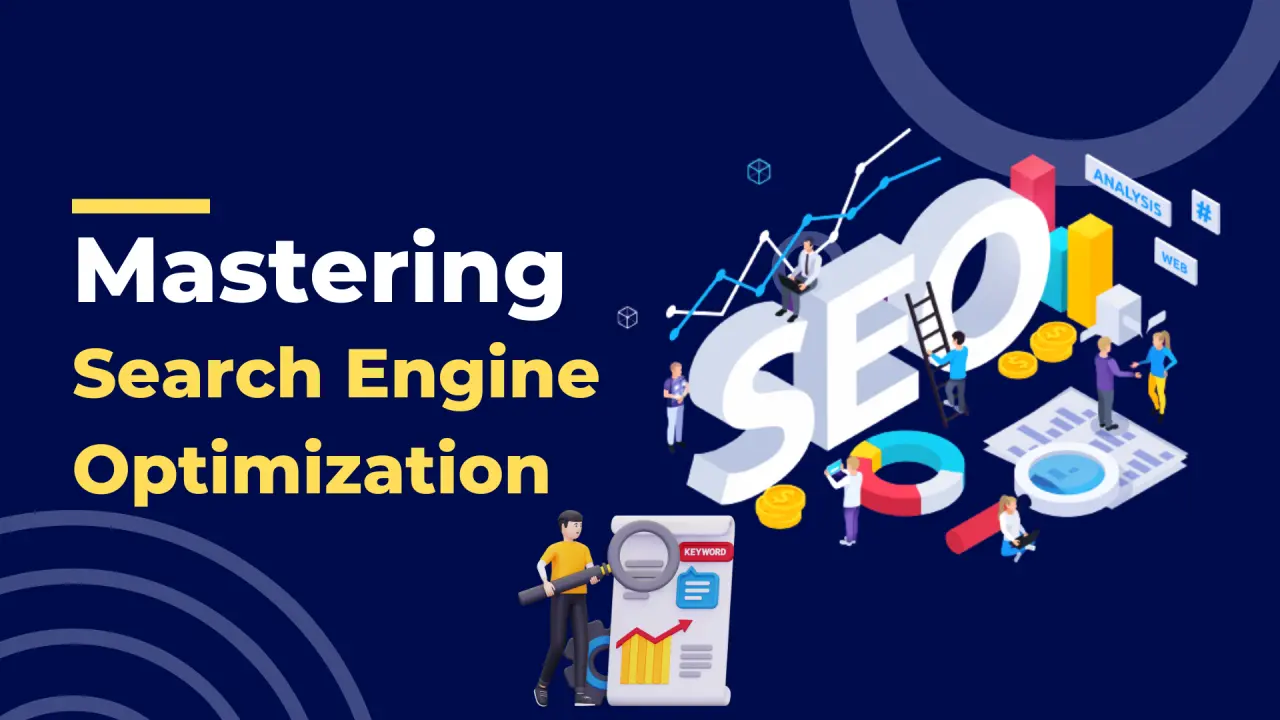





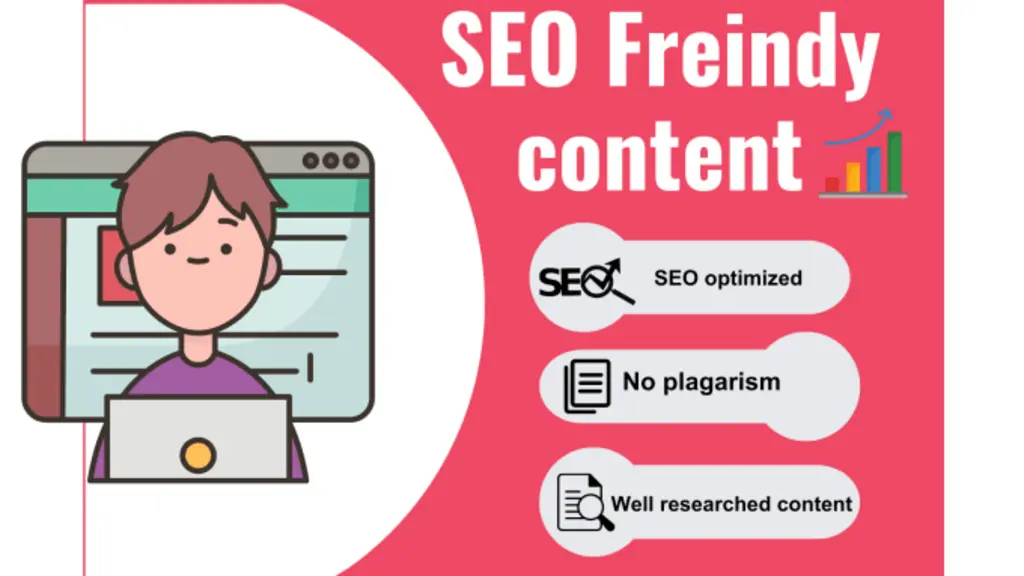

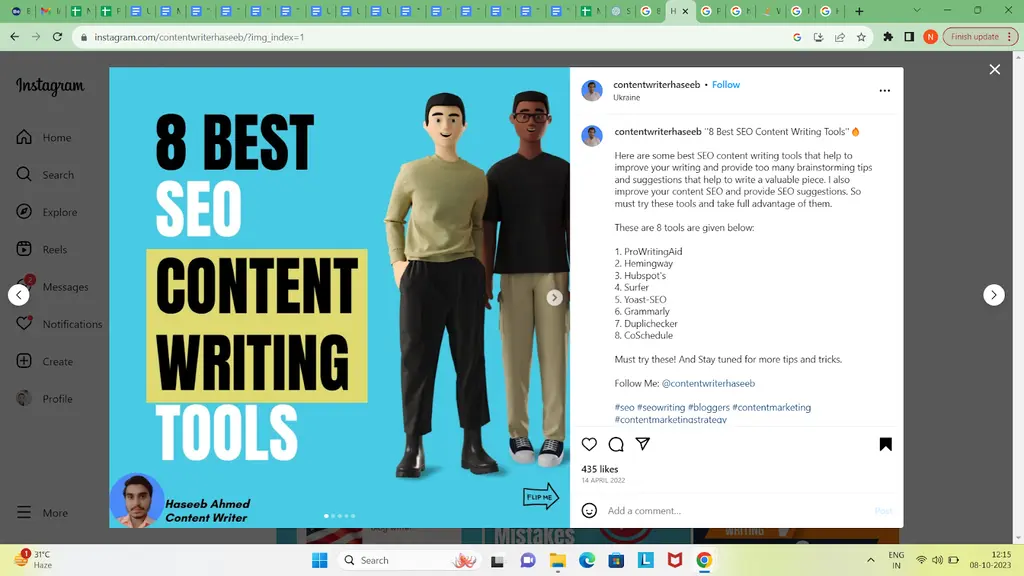



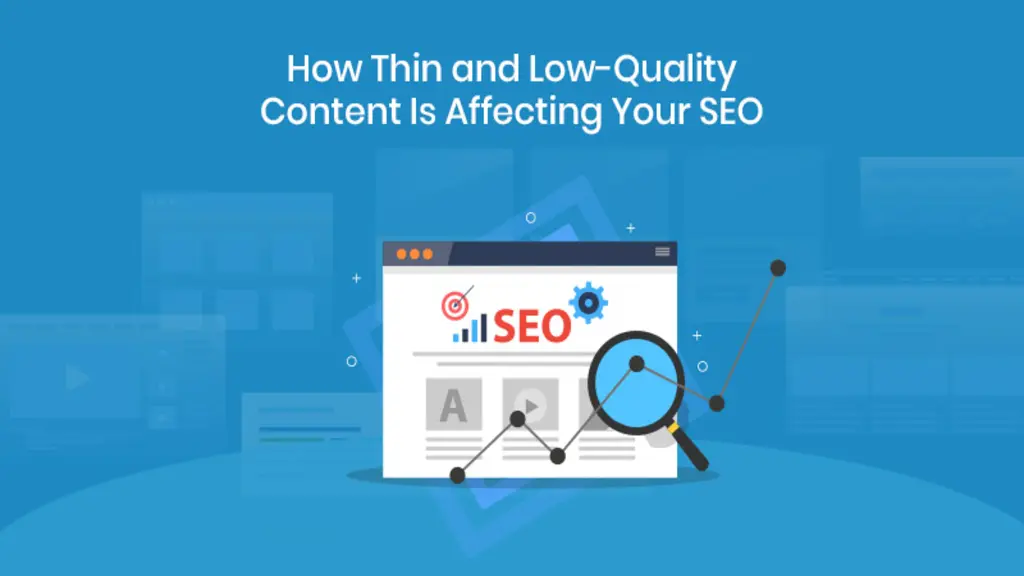





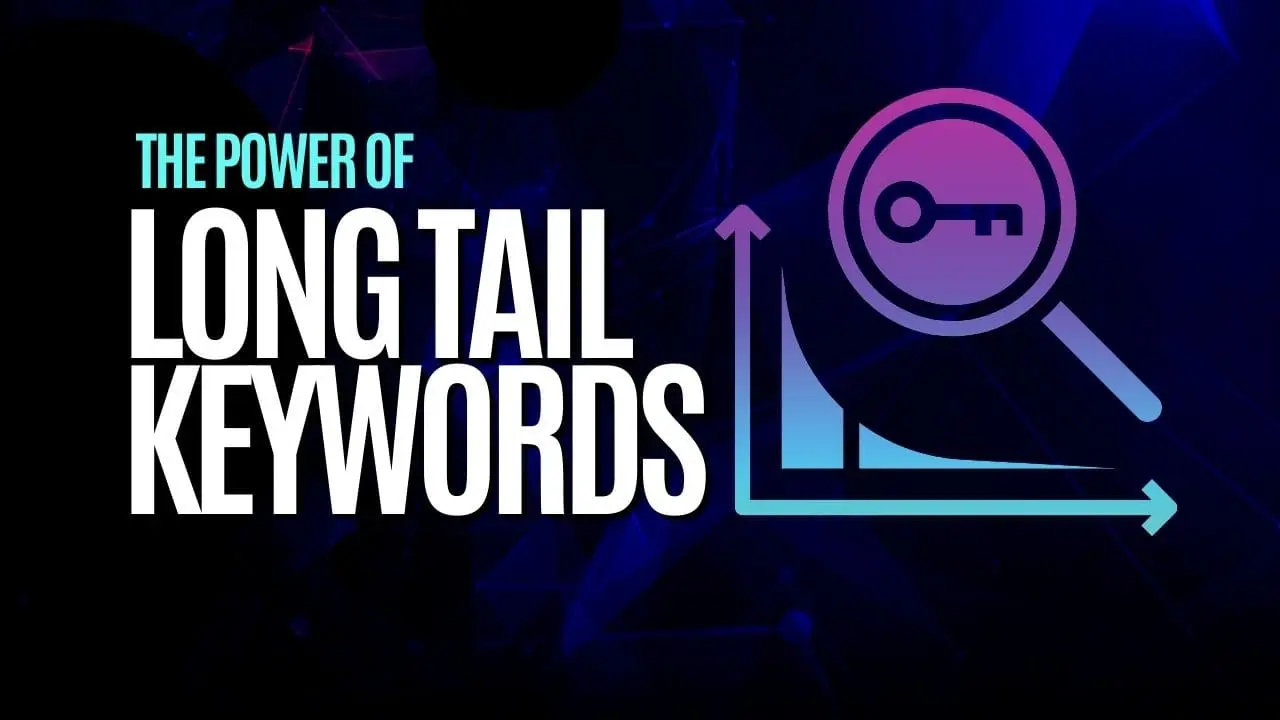






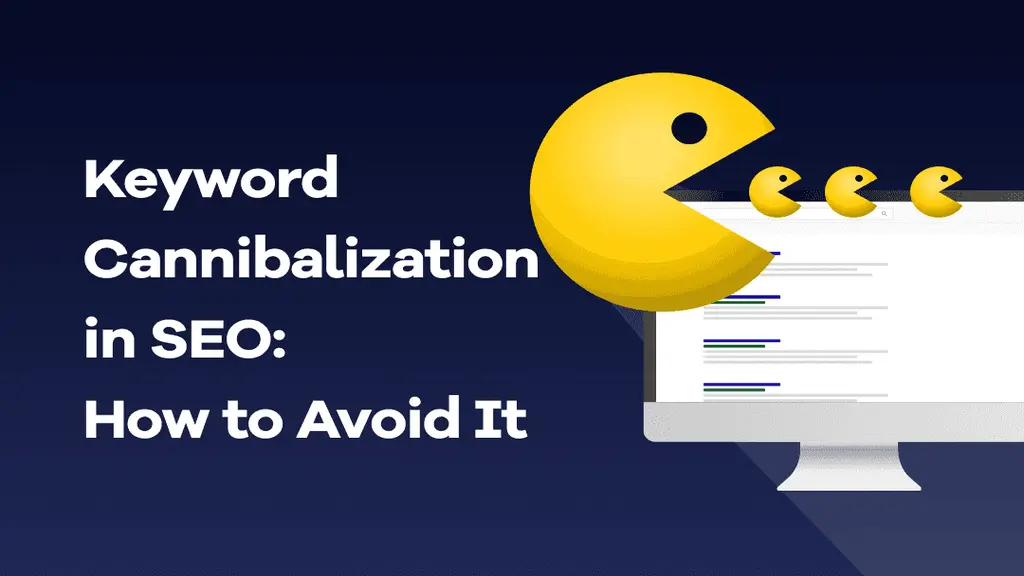

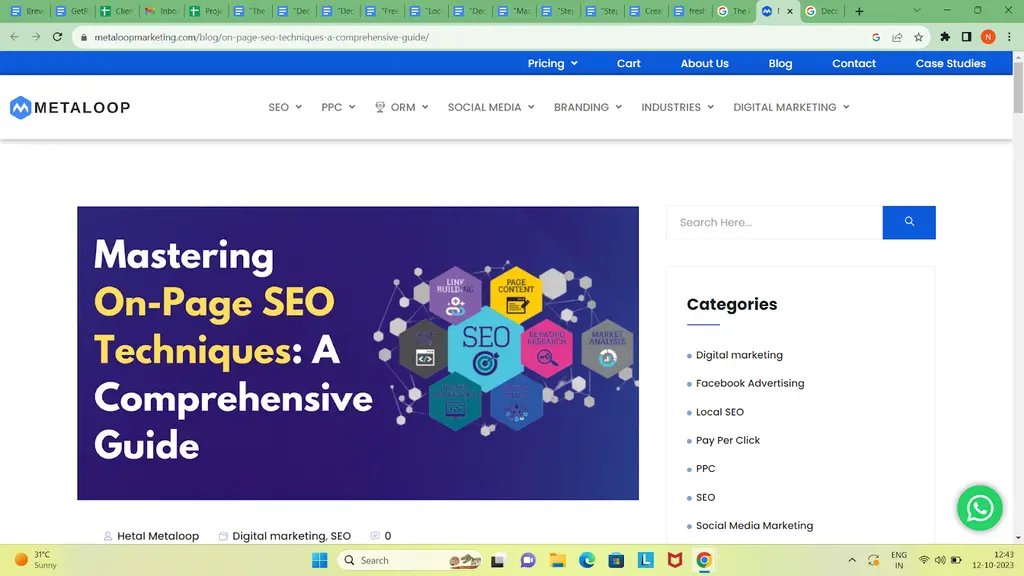

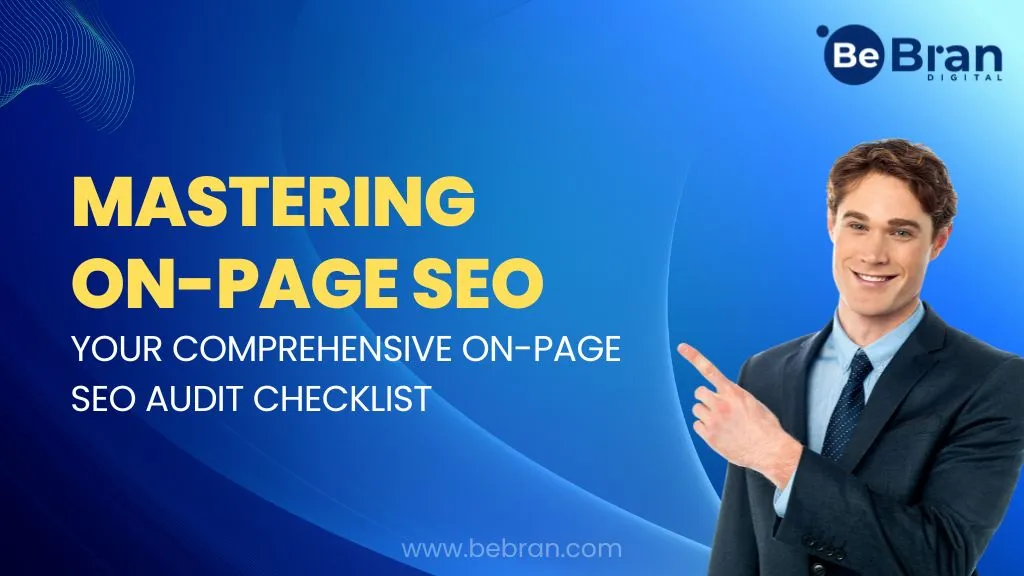

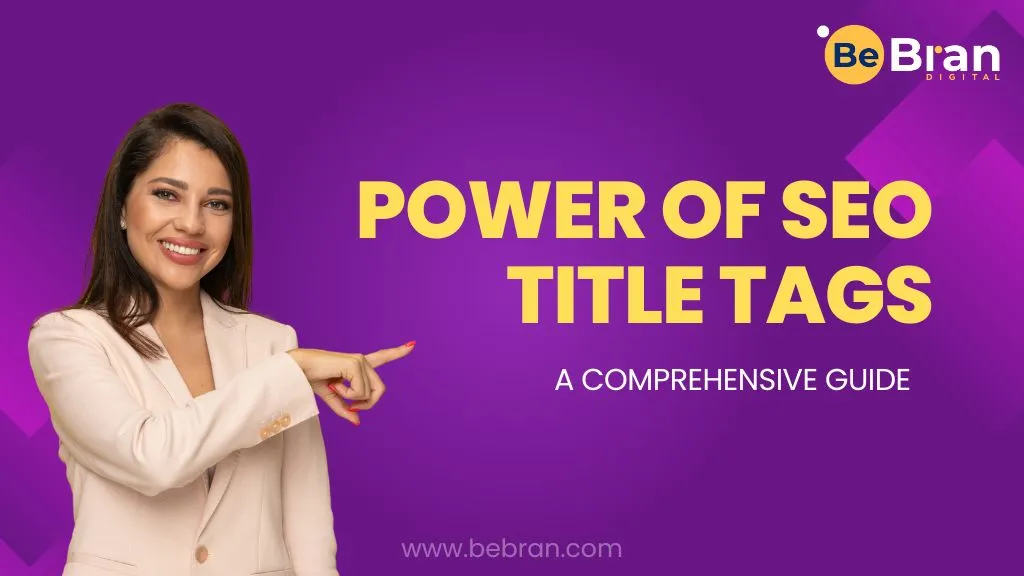

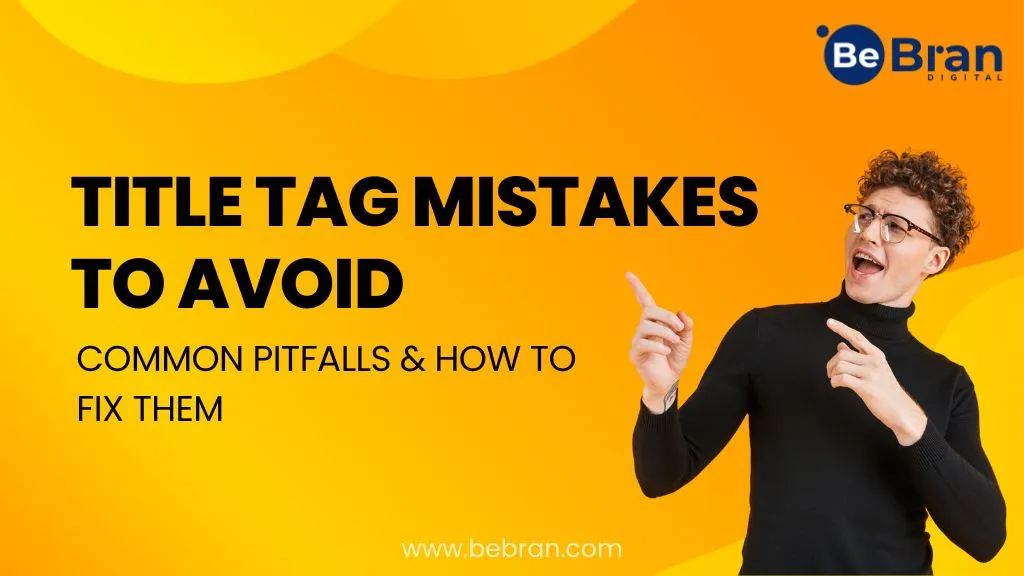




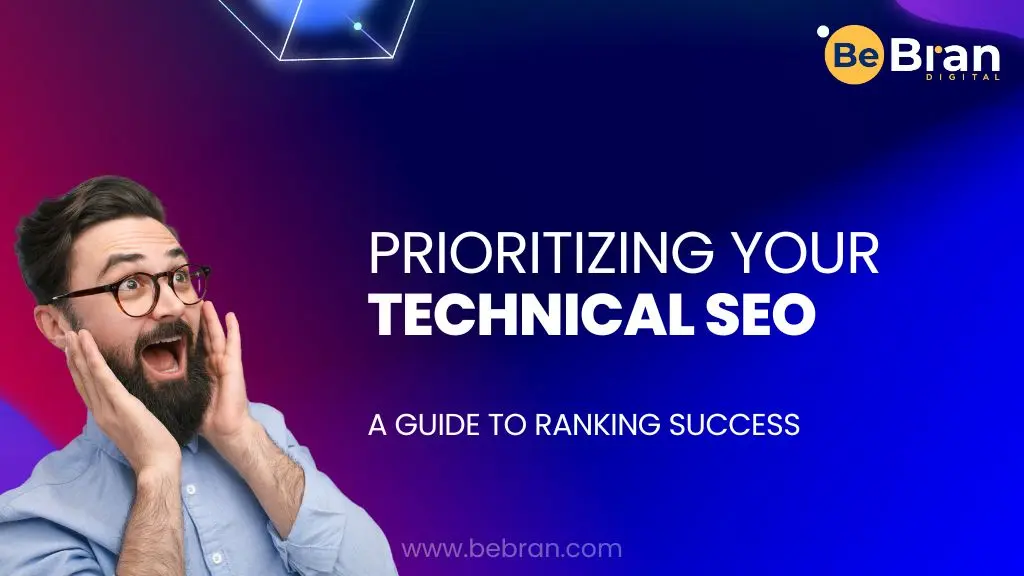

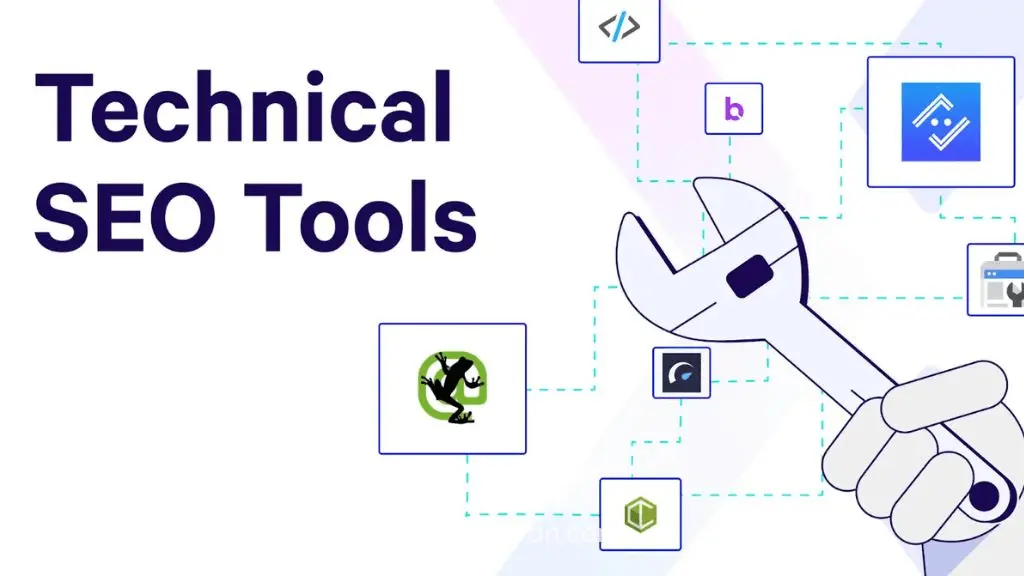

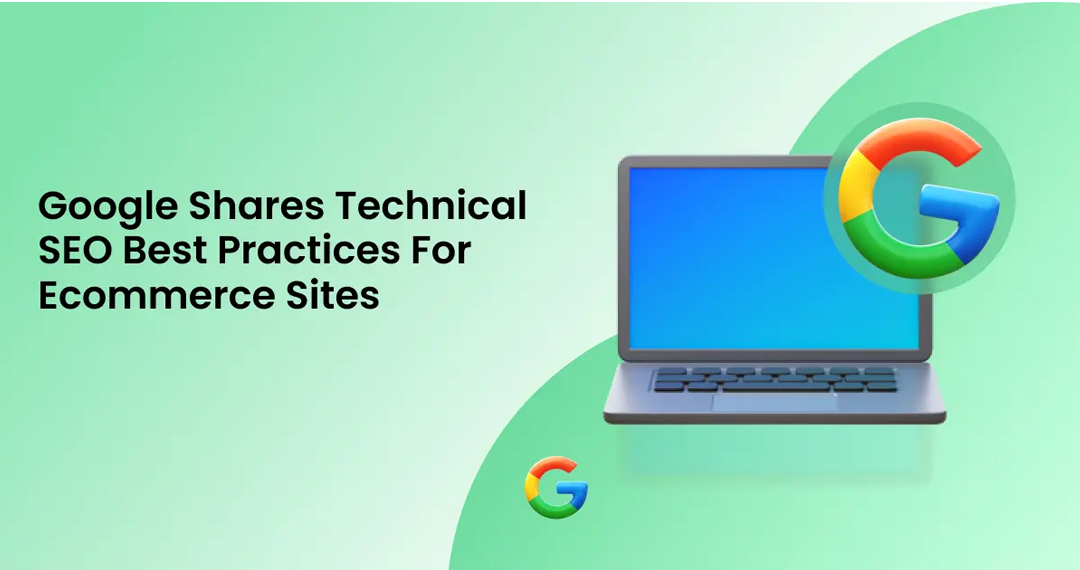

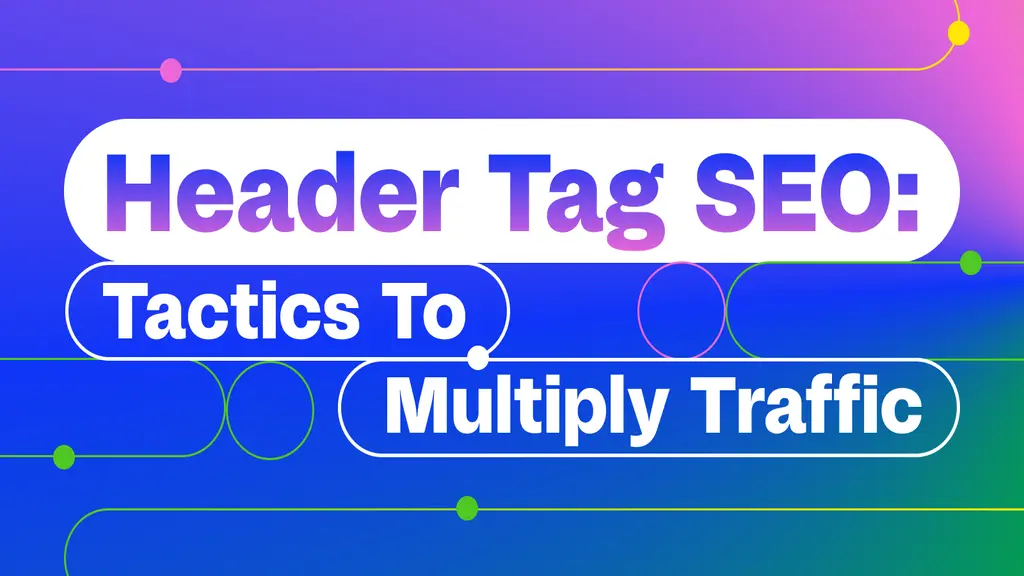

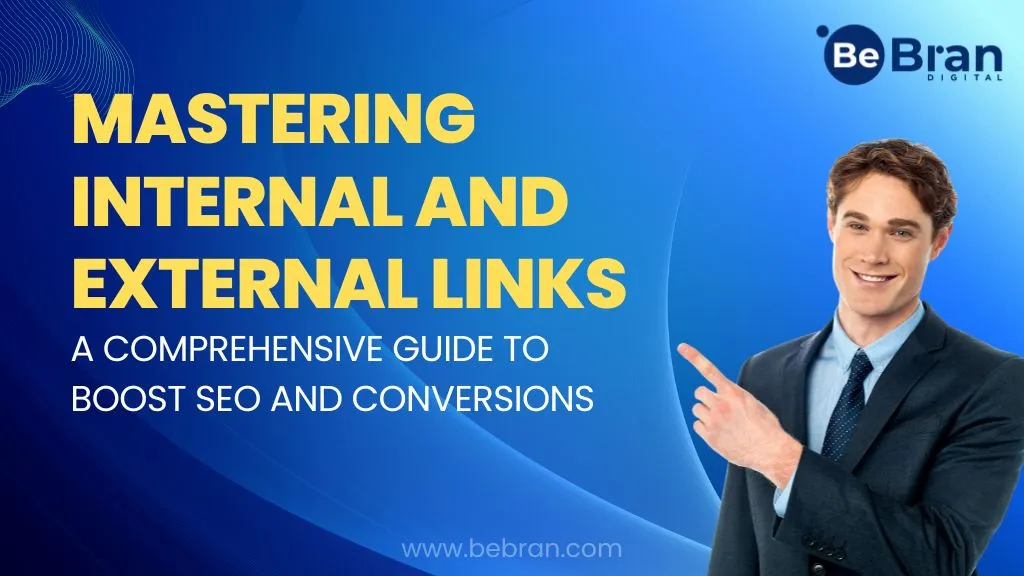









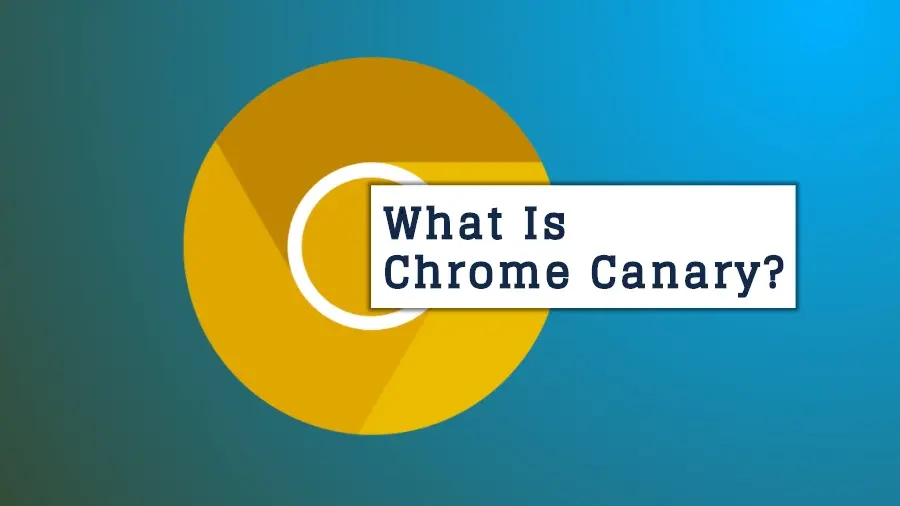
![1707475220 Bebran[1]](https://bebran.com/public/uploads/1709129094_1707475220_bebran[1].webp)

![1707475220 Bebran[1]](https://bebran.com/public/uploads/1709132759_1707475220_bebran[1].webp)

![1707475220 Bebran[1]](https://bebran.com/public/uploads/1709133996_1707475220_bebran[1].webp)

![1707475220 Bebran[1]](https://bebran.com/public/uploads/1709135250_1707475220_bebran[1].webp)
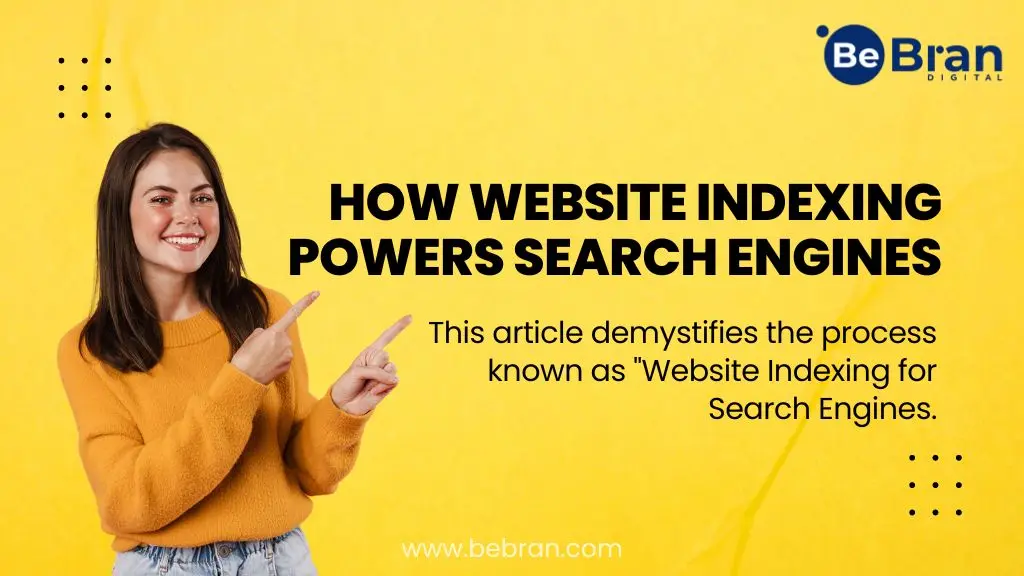
![1707475220 Bebran[1]](https://bebran.com/public/uploads/1709135874_1707475220_bebran[1].webp)

![1707475220 Bebran[1]](https://bebran.com/public/uploads/1709136770_1707475220_bebran[1].webp)







![1707475220 Bebran[1]](https://bebran.com/public/uploads/1709188948_1707475220_bebran[1].webp)

![1707475220 Bebran[1]](https://bebran.com/public/uploads/1709190426_1707475220_bebran[1].webp)












